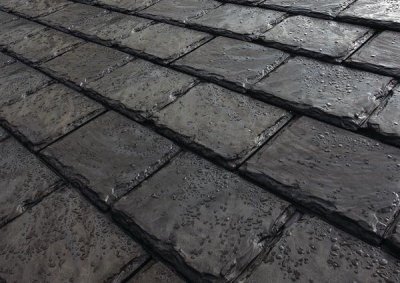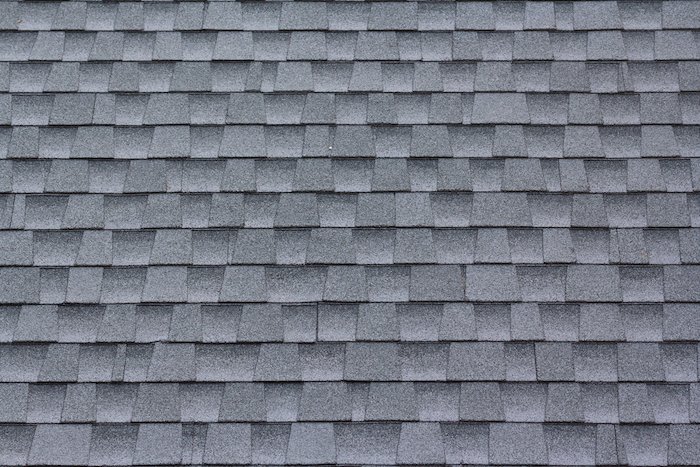10 ROOFING MATERIALS TO CONSIDER FOR YOUR HOME
Remodeling and changing only a few things in your house can give a whole new look to your home sweet home. Have you ever thought about how re-roofing can transform the appearance of your living space?
Updating your roof helps you change the structure of your home from top to bottom. But the beauty and outcome of your roofing project totally depend on the roofing materials you will use. By selecting the right one, you can revamp the roofs of your home and enhance your property’s resale value.
However, people often make mistakes while choosing from different types of roof materials. Some people only think about the appearance, few look for the features, and others only want roofs at low cost. But considering only one factor will not help you. If you want to install a roof that last longer, you need to consider the right roofing materials, features, longevity, price, and appearance. But first of all, you must have knowledge about the different types of roofs.
Read the article to learn about the nine best roofing types to choose the right one for your home.
TYPES OF ROOF MATERIALS
1. SOLAR TILES
You can integrate solar collectors into a roof of shingles and generate more than 1 kilowatt of energy every 100 square feet. This roofing material is perfect for the homeowners of sunny roofs that, for some reason, can’t keep the solar panels on their rooftops.
Not to mention, it may help you to cover the energy cost of your home, but this roofing can cost you a lot of money compared to traditional solar panels.
2. RUBBER SLATE
These roofing materials give a natural look to your roof, and professionals from an experienced roofing services company can simply cut it from a knife to install it on intricate roofs. This durable material has a lifespan of almost 100 years; however, it can get damaged due to walking and satellite dishes, as well as from the hail. Roofing professionals who can help you install the rubber slate are challenging to find, as few people can manage to handle it.
3. CONCRETE AND CLAY TILES
Concrete and clay tiles are great if you live in a place where tornadoes, earthquakes, and hurricanes are common. It can also withstand the winds of up to 125 miles per hour.
This roofing material is good for warm and dry climates. Concrete and clay tiles also need extra support to handle their weight, and they are prone to break if you walk on them.
4. GREEN ROOFS
Green roofs are great for people who love nature. This is one of the unique and different roof types and can reduce water runoff, improve indoor air quality, and insulate homes to save from urban heat.
However, they require thermal insulation, extra structural support, vapor barriers, drainage, soil, water filtration, waterproofing, plants, and compost. This green roofing has a 40-years lifespan.
5. BUILT-UP ROOFING
This roofing is typically heavy and consists of layers of tar, asphalt, and adhesive made only for flat roofs. Gravel and tar roofs are also made for flat roofs and perfect for heavy roof traffic.
However, these roofs can become sticky in summer, and you may find it challenging to remove the snow from these roofs compared to smooth roofs. Once you install this roof, you will not require re-roofing for 20 to 25 years.
Wood roofing is classy and appealing, but they can be more costly.
The cons with wood shingles or shake are they:
- Do not have a long lifespan
- Are not good for locations with high humidity and moisture in the air
- Are very risky in wildfire-prone areas
Because of its attractive look, it is the most popular choice for fancy and luxury homes. They are typically made from the redwood or cedar, there is a difference between wood shingles and shakes. Shingles are usually wedge-shaped slabs of thin wood formed by precise sawing.
In comparison, shakes have a rough texture with thicker wedges, made by splitting. Its age completely depends on environmental conditions and maintenance. Moreover, in dry climates, both of these roofing materials can last 60 years. But in damp conditions, you can only expect it to last for 20 years.
7. MEMBRANE ROOFING
Membrane roofs come in various types, including:
· Neoprene (polychloroprene)
· PVC (polyvinyl chloride)
· EPDM (ethylene propylene diene monomer)
· Chlorosulfonated polyethylene and Chlorinated polyethylene sheets
· Polymer-modified bitumens (Asphalt)
The best of them are EPDM roofing. It is a synthetic roofing material, also known as rubber roofing. Typically, membrane roofing can last 20 to 35 years, depending on its maintenance.
Homeowners who don’t want seam metal roofing, but looking for the same benefits of the metal roofs, fortunately, can use aluminum or steel shingles or shakes. These roof types look splendid and give a luxury feel to your home.
Metal shakes and shingles are usually made from the stamped metal with a finishing of either mineral granules or quality baked-on coating. You can also fabricate them to have a touch of traditional asphalt shingles, slate or clay tiles, or wooden shakes. This is perfect if you are more inclined towards the roof's appearance. The best part is: it can last for 30 to 50 years.
9. ASPHALT SHINGLES
Asphalt shingles are one of the most common roof types in North America. These roofs are made from a fiberglass base topped with mineral and asphalt granules. They are perfect for almost all types of home roofs.
Not to mention, replacing damaged shingles with the new one is an easy job. Unlike other materials, you can easily find a company that can install asphalt shingles on your roof. Due to it’s flexibility, Asphalt composite shingles can easily adjust and move with the roof over time during contraction and expansion. Depending on the quality, asphalt shingles have a lifespan of around 12 to 30 years.
10. METAL ROOFING
Metal roofing is a common types of roofing material. It comes in the form of shingles and vertical panels resembling tile and slate. Metal roofing can last for up to 60 years and have a tendency to withstand extreme weather conditions, including heavy rain and snow. It will not burn and can withstand fairly strong winds.
This roof is lightweight, and you can install it on your existing roof. Metal Roofing can be noisy during rainstorms and can develop dent from hail. Its price is usually less than the concrete tiles and more than an asphalt roof. Not to mention, your metal roof will also have a risk of corrosion. At Resilient Roofing we don’t actually take on these kinds of projects and finding a company who does can be challenging!
BOTTOM LINE
Now, you can choose one from the various roofing materials mentioned above. Make sure to opt for the one that can resist the environmental conditions of your area.










